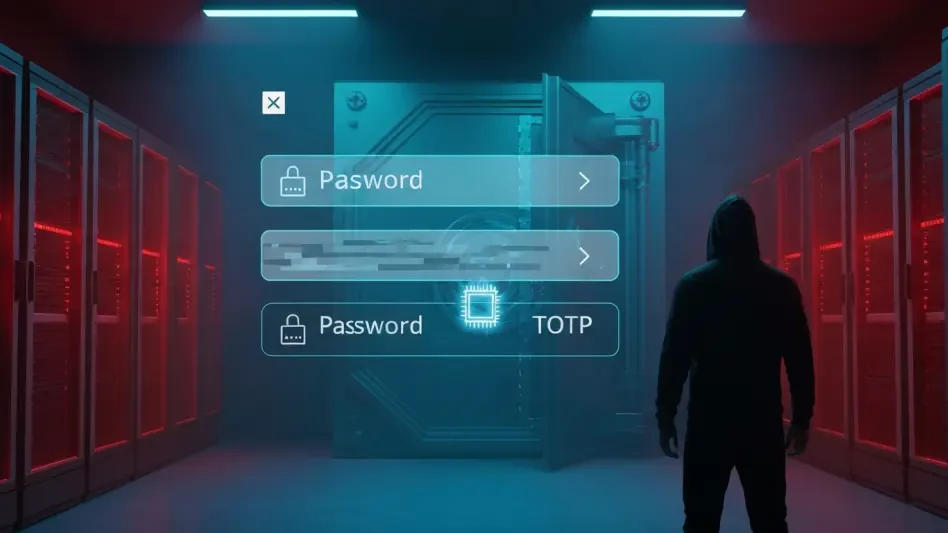A new and highly sophisticated malware campaign, known as “AbracadabraStealer,” has recently emerged, targeting the niche community of magic enthusiasts. This campaign, which aims to steal login credentials, has specifically attacked forums, online shops, and streaming platforms that focus on magic, exploiting the trust and interest within this specialized field. The malware is distributed through deceptive phishing emails, which promise exclusive tutorials or rare performance footage. These emails contain malicious PDF attachments or links to websites that appear legitimate but, in reality, host the malware payload. Understanding magic terminology and current trends, the attackers make their phishing attempts highly convincing.
Deceitful Tactics and Distribution
Phishing Emails Promise Exclusive Content
Phishing emails used in the AbracadabraStealer campaign are meticulously crafted to deceive their recipients. They often offer enticing content, such as rare performance footage or exclusive tutorials, which magic enthusiasts find particularly appealing. The emails include malicious PDF attachments or hyperlinks leading to compromised websites. Once engaged, these attachments or links initiate the download of the malware, embedding it firmly within the victim’s system. The attackers’ ability to seamlessly blend into the magic community by adopting its vocabulary and staying abreast of the latest trends makes their email content appear authentic and trustworthy.
Victims unknowingly activate the malware by clicking on these links or opening the attachments. Inside the seemingly innocuous PDF files or legitimate-looking websites lies hidden malicious code. This code serves as the entry point for the malware, beginning its operation the moment it is activated. The convincing nature of these phishing emails is further bolstered by the attackers’ detailed knowledge of magic-related jargon and ongoing developments in the field. This makes the malware’s infiltration efforts more effective, allowing it to bypass many standard security measures that rely on detecting suspicious or unusual activity.
Kaspersky’s Discovery and Analysis
Kaspersky security researchers uncovered the AbracadabraStealer malware following reports from prominent magicians who noticed unauthorized access to their accounts. An in-depth analysis revealed that this campaign has been operational since early this year, managing to stay under the radar due to its highly targeted approach and advanced obfuscation techniques. These techniques allowed the malware to evade traditional detection methods initially, instilling a false sense of security among its victims. In total, approximately 1,200 individuals, including professional magicians, magic shop owners, and dedicated hobbyists across North America, Europe, and Australia, have fallen prey to this threat.
The affected victims’ accounts typically belong to those holding premium memberships or access to proprietary tricks, indicating that the attackers seek to extract commercially valuable information. Kaspersky’s detailed analysis also uncovered how the malware creates a persistent backdoor once it infects a system. This backdoor allows the attackers to continuously harvest browser credentials, monitor keystrokes, and capture screenshots of active login sessions. The information gleaned from these activities can then be used to perform fraudulent transactions, gain unauthorized access, and steal exclusive magic tricks. These stolen tricks are often sold on underground forums, providing the hackers with ample financial gain.
Infection Mechanism and Persistence
Obfuscated JavaScript Downloader
The infection mechanism of AbracadabraStealer is complex and well-hidden. When victims open infected attachments or links, a JavaScript downloader with heavily obfuscated code is triggered. This initial payload, which appears harmless, contains encoded instructions designed to download and execute the main components of the malware. The obfuscated code helps it evade detection by traditional security solutions, allowing it to operate unnoticed within the victim’s system for extended periods. The script’s surreptitious nature ensures that the cybercriminals can continuously access the infected system, collecting valuable data over time.
Once activated, this malware specifically targets software and websites tied to the magic community. It aims to integrate itself seamlessly into the user’s system, behaving in a manner that blends in with regular activities and software operations. The initial payload acts as a silent intermediary, ensuring the malware’s deeper components are securely and discreetly installed. The result is a robust and surreptitious infection that stealthily gathers information without raising immediate suspicion from the user or conventional security tools, enabling the attackers to exploit the compromised data effectively.
Maintaining Persistence
AbracadabraStealer is designed to maintain persistence within the infected system, ensuring its long-term activity. It achieves this by modifying a registry key, disguising itself as a regular Adobe update service. This disguise allows it to restart every time the system boots up, reinforcing its position and continuing to access login credentials. The modified registry key enables the malware to integrate seamlessly into the user’s environment, presenting itself as part of a legitimate service. This persistence mechanism ensures ongoing access to sensitive information without alerting the user to its presence.
The stealthy nature of these registry modifications is a critical component of AbracadabraStealer’s success. By masquerading as a familiar and routine system service, the malware avoids detection by most security protocols designed to identify unusual or unauthorized registry activity. This continuous access allows the malware to function as an ever-present threat within the infected system, amassing vital information over an extended period. Such persistence is crucial for the attackers to maximize the exploitation potential, providing them with a steady stream of valuable data for fraudulent activities and underground market transactions.
Implications for the Magic Community
A cutting-edge malware campaign, dubbed “AbracadabraStealer,” has recently come to light, targeting the niche group of magic aficionados. This operation, designed to pilfer login credentials, has zeroed in on forums, online shops, and streaming platforms that cater specifically to magic, exploiting the trust inherent within this specialized community. The malware is disseminated through carefully crafted phishing emails that offer exclusive tutorials or rare performance footage, baiting users with content they would eagerly seek out. These emails contain malicious PDF attachments or links directing users to websites that appear legitimate but are, in fact, hosting the malware payload. The attackers, well-versed in magic terminology and current trends, create highly convincing phishing attempts. Once users open these attachments or visit these bogus sites, their information is swiftly compromised, illustrating the sophisticated nature of AbracadabraStealer’s tactics. The threat underscores the importance of cybersecurity vigilance, even in niche communities passionate about their interest.








